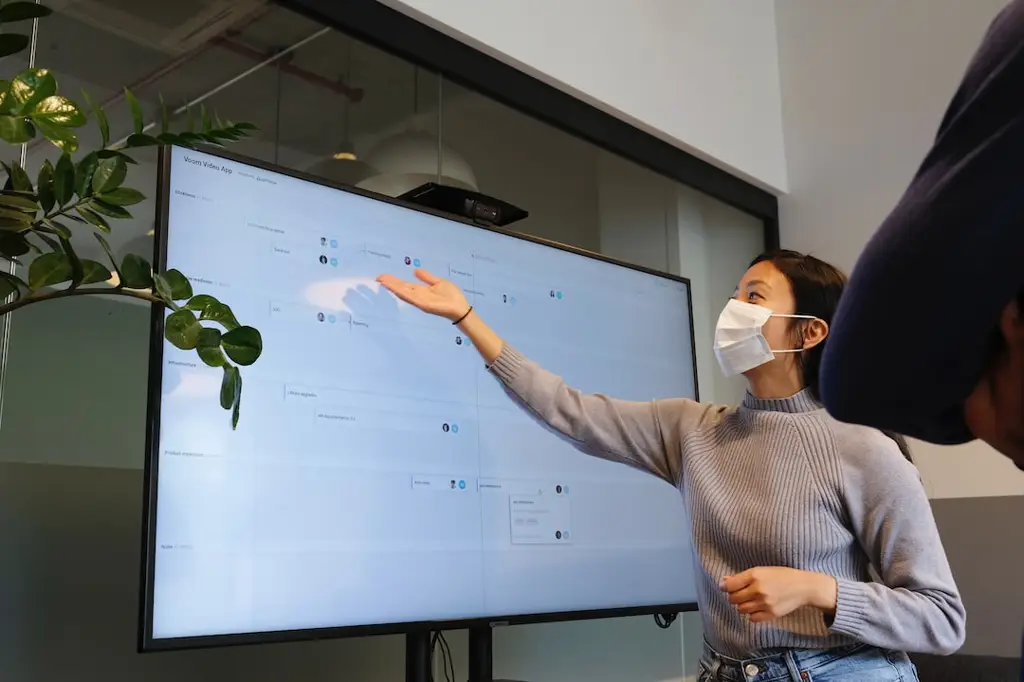Freelancing in College: A Step-by-Step Guide to Building Your Portfolio
Freelancing in college can be a great way to gain practical experience, build your portfolio, and earn some extra income. Whether you are studying graphic design, writing, web development, or any other creative field, freelancing allows you to showcase your skills and talents to potential clients and future employers. In this step-by-step guide, we will explore how you can start freelancing in college and build an impressive portfolio.
Step 1: Identify Your Skills and Passion
Before diving into freelancing, it’s essential to identify your skills and passion. Determine what you are good at and enjoy doing. For example, if you have a talent for graphic design, consider offering services such as logo design, branding, or creating social media graphics. If you love writing, you can offer content creation, blog writing, or copywriting services.
Step 2: Define Your Target Audience
Once you have identified your skills, define your target audience. Who would benefit from your services? Are you targeting small businesses, startups, or individuals? Understanding your target audience will help you tailor your portfolio and marketing efforts effectively.
Step 3: Create a Professional Portfolio Website
A professional portfolio website is crucial for showcasing your work and attracting potential clients. Create a clean and visually appealing website that highlights your best projects. Include a brief bio, your services, testimonials, and contact information. Here’s an example of a well-designed portfolio website:
Example: John’s Graphic Design Portfolio

Step 4: Offer Your Services for Free or at a Discount
When starting out, it can be challenging to land paid gigs without any prior experience. Consider offering your services for free or at a discounted rate to build your portfolio. This will not only help you gain valuable experience but also allow you to showcase real client work. For example, if you are a web developer, you can offer to build a basic website for a local nonprofit organization.
Step 5: Network and Utilize Online Platforms
Networking is crucial for freelancers. Connect with professionals in your field, attend industry events, and join relevant online communities. LinkedIn, Upwork, and Freelancer.com are great platforms to find freelance opportunities. Utilize these platforms to showcase your portfolio, connect with potential clients, and apply for freelance gigs.
Step 6: Continuously Improve Your Skills
To stay competitive in the freelance market, it’s important to continuously improve your skills. Stay updated with the latest trends and technologies in your field. Take online courses, attend workshops, and practice regularly. Building a strong skillset will not only help you attract more clients but also enable you to deliver high-quality work.
Step 7: Seek Feedback and Refine Your Portfolio
As you complete freelance projects, seek feedback from your clients. Use their input to refine your portfolio and make necessary improvements. Building a strong portfolio is an ongoing process, so continuously update it with your best work.
Step 8: Promote Your Freelancing Services
Lastly, promote your freelancing services through social media, your personal network, and online communities. Share your work, testimonials, and success stories to attract potential clients. Actively market yourself as a reliable and talented freelancer.
Freelancing in college can be an enriching experience that not only helps you grow professionally but also provides valuable income. By following these steps and continually refining your portfolio, you will be well on your way to building a successful freelancing career.












